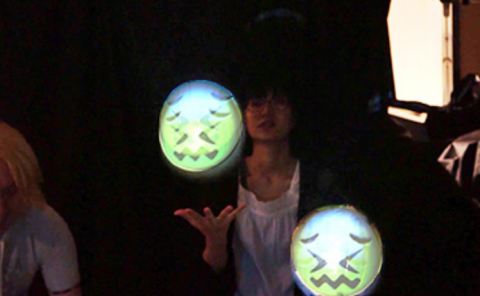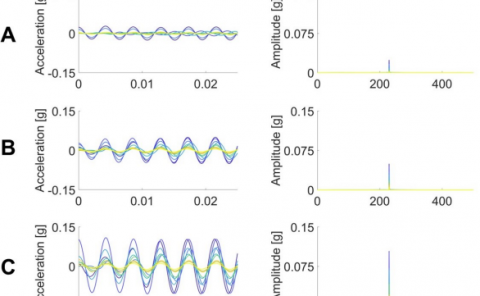Comparison of 3D 360-Degree Video Compression Performance Using Different Projections
PubDate: October 2019
Teams: École de technologie supérieure;Summit Tech Multimedia
Writers: Mohammadreza Jamali; Firouzeh Golaghazadeh; Stéphane Coulombe; Ahmad Vakili; Carlos Vazquez
PDF: Comparison of 3D 360-Degree Video Compression Performance Using Different Projections

Abstract
3D and multi-view 360-degree videos offer 3D immersive visual experience of the real world on head-mounted displays (HMDs). They are used in extended reality applications (including virtual reality, augmented reality and mixed reality) such as gaming, entertainment, education and medicine. However, these applications require a very high rate of compression and a great deal of computational resources. Compression efficiency and coding complexity are highly influenced by 360 projections used to map spherical frames to rectangular frames. To study the effect of this mapping process, in this paper, we evaluate the performance of various projections in 3D and multi-view 360-degree videos in terms of coding efficiency, quality and complexity. The evaluation is conducted for two coding scenarios: stereo coding scenario where the encoder considers the interview dependency for disparity estimation and simulcast coding scenario where two views are encoded separately. This performance evaluation approach provides valuable insights on using 360-degree projections in 3D and multi-view coding.



